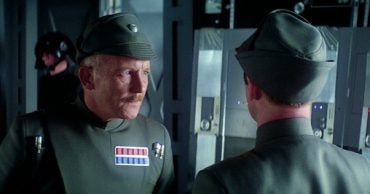Post-credit scenes have become more and more common in modern movies. However, while it is clear that there are people who support the practice, there are also people who loathe its use. For proof, look no further than James Mangold of Logan fame, who blasted post-credit scenes by outright calling them an “embarrassing” part of making movies in modern times.
Why Does James Mangold Hate Post-Credit Scenes?
First and foremost, Mangold seems to see post-credit scenes are “embarrassing” because in his opinion, they started out as a way for film-makers to make their movies look a little bit better to cover up for the fact that the rest of their movies failed to impress. However, what bothered him the most was that post-credit scenes has become commonplace because of their use in marketing the next movies in the film franchise. Combined with how movie-goers have become accustomed to waiting through the credits for the post-credit scenes, it is no wonder that Mangold is more than a little bit disgruntled about the whole matter, which is something that should be clear to anyone who has read his exact wording for his exact thoughts on the subject of post-credit scenes.
On the one hand, post-credit scenes are a simple but nonetheless effective method for building interest in the film franchise, as shown by how the post-credit scenes of Iron Man featuring Samuel L. Jackson as Nick Fury wowed movie-goers when that particular movie kicked off the recent trend. On the other hand, Mangold definitely has good reasons to feel the way that he does because all of the things that post-credit scenes can be done better elsewhere.
For example, post-credit scenes are great for generating interest in the next installment in the film franchise. However, there would be no need for something so transparent if the movie was good enough to convince the movie-goers that they would like to see more material featuring the same cast as well as the same crew, which makes it no wonder that Mangold sees the use of post-credit scenes as cheating. Furthermore, while there is definitely room for a bit of fan service in the movies that love to make use of post-credit scenes the most, there is no reason why that can’t be done via the movie itself, which would be a much more natural way to offer such material to the fans.
Finally, it should be noted that post-credit scenes can weaken the overall narrative of the movie by affecting how its ending is seen as well as how it is interpreted. In part, this is because a significant difference in mood can change how an ending is seen, which in turn, can weaken its emotional impact on the viewer. However, it should also be noted that there aren’t a lot of narratives that can benefit from having the credits shoved midway through them, which are the sort of thing that movie-goers used to avoid religiously in previous times. Summed up, Mangold has good reason to be disgruntled about the increasing use of post-credit scenes, though unfortunately, it seems probable that they are here to stay.
 Follow Us
Follow Us




